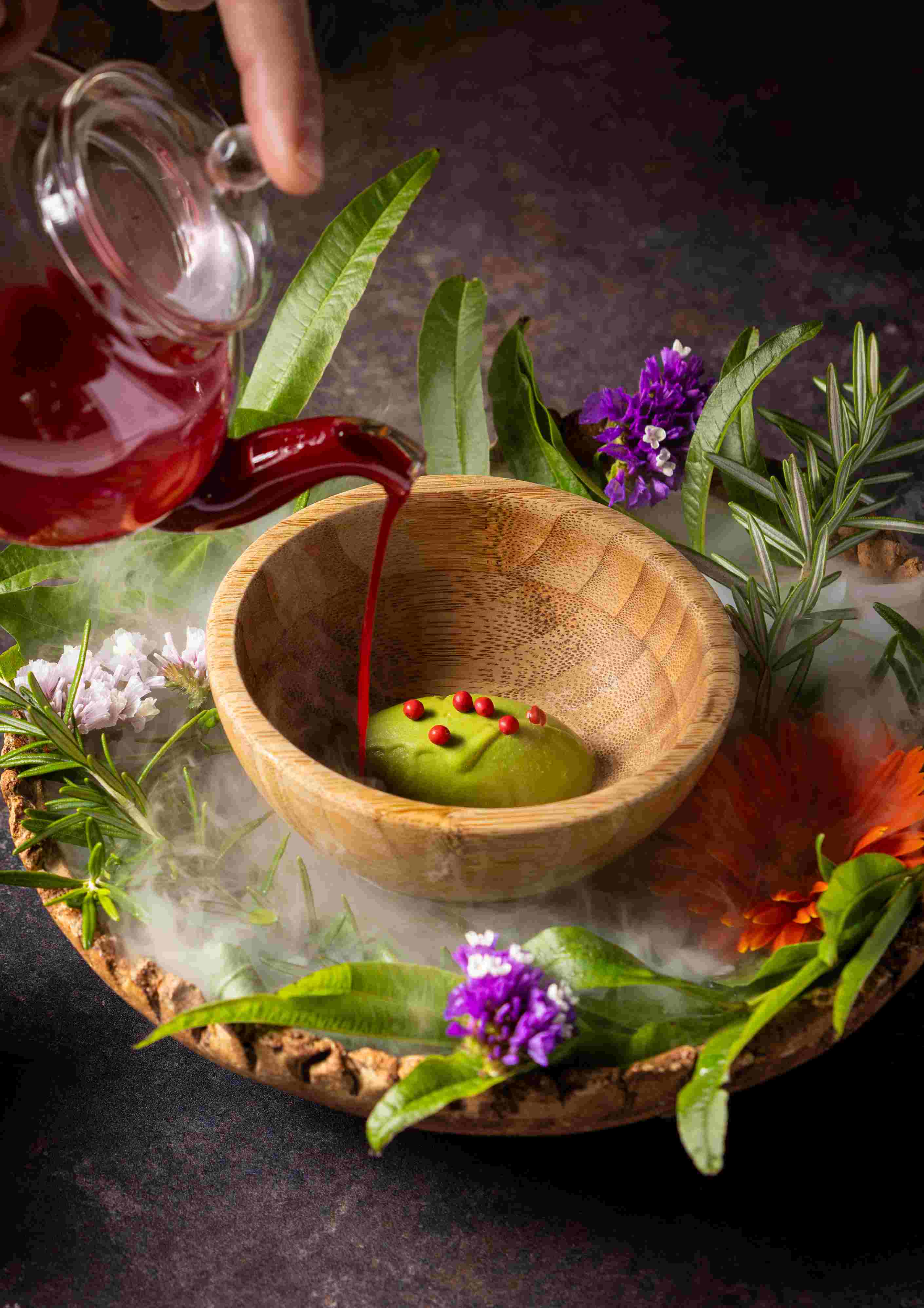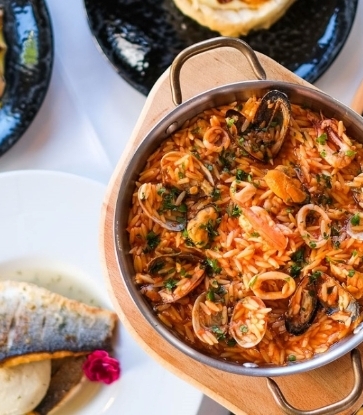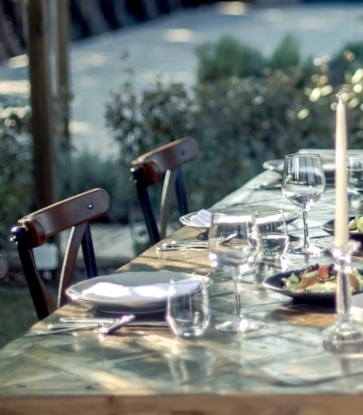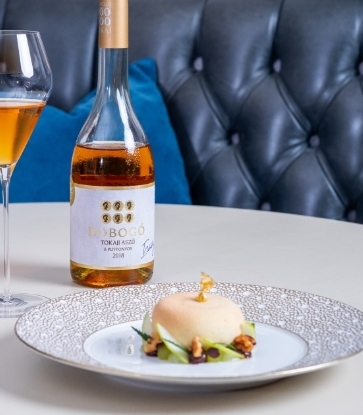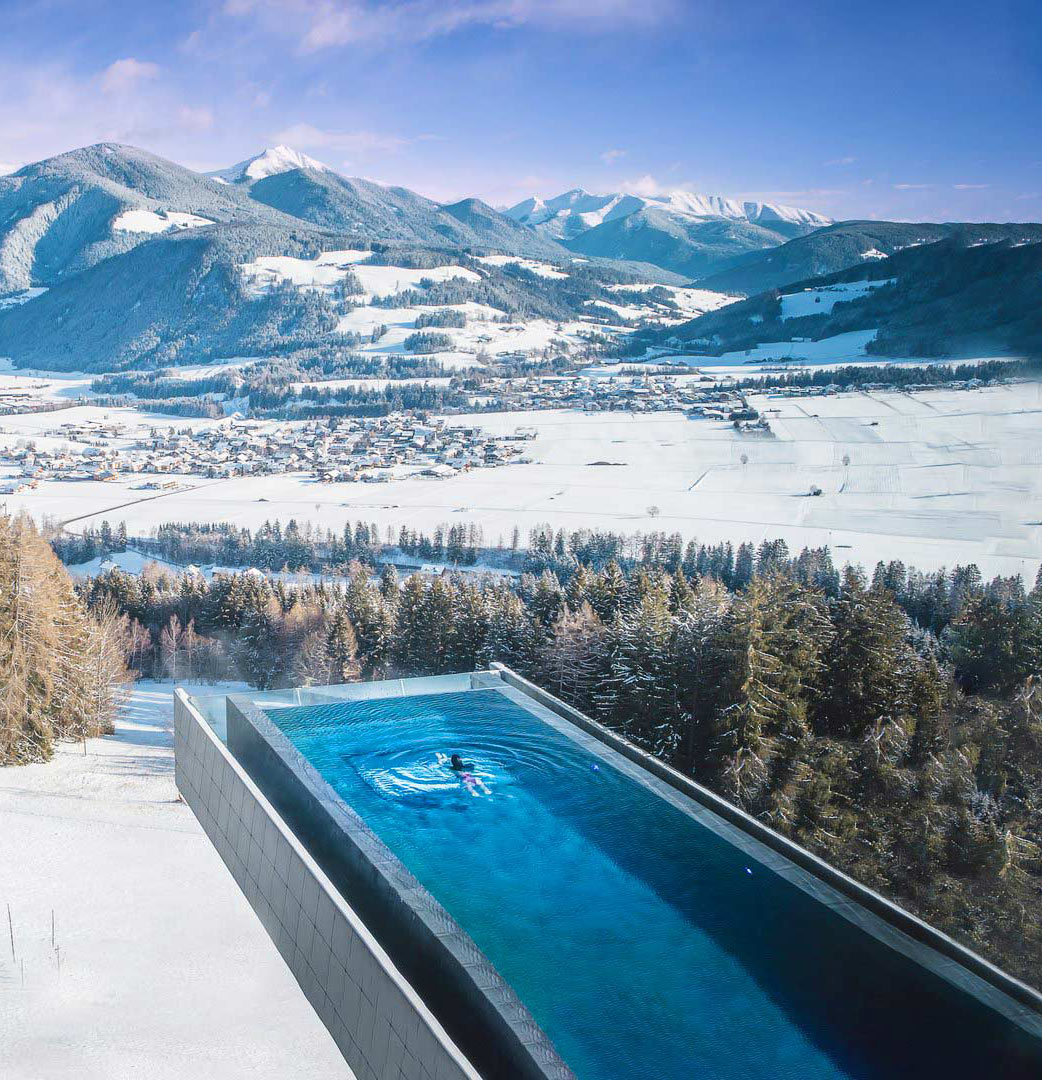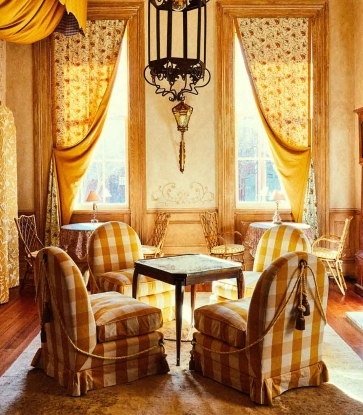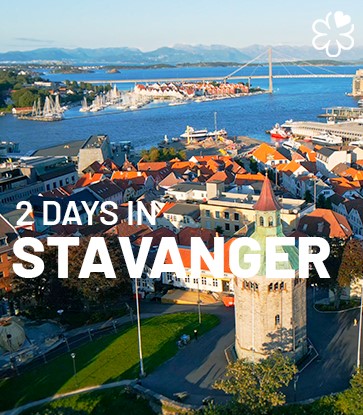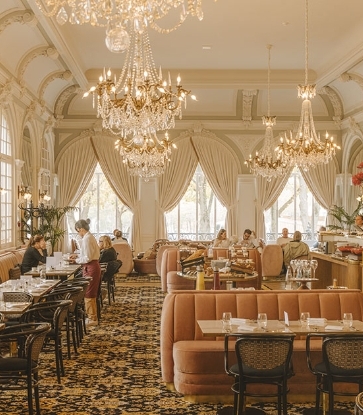The Molitor Hotel opened its doors on 19 May 2014 in the well-heeled 16th arrondissement of Paris and has been a hit ever since. After starting out life as a swimming pool in the late 1920s, it was a Mecca of street art in the 1990s when the abandoned art deco extravaganza attracted taggers like bees to honey, before rising like a Phoenix from its ashes today. Now, it is both a swimming pool and a luxury hotel whose 124 rooms and suites surround the outdoor pool, giving the visitor the impression of being on board an ocean liner. In this vein, the hotel also boasts a brasserie, a bar, a rooftop restaurant, a 1,700m² Spa by Clarins which boasts private treatment cabins, a hammam, a sauna, a tea room and a reading room. The Molitor Club also offers a range of sporting facilities, group sessions and cultural events all year round.

A page of history
The “Molitor and Auteuil Swimming Pool” first opened its doors in 1929, completing a huge sports complex in the 16th arrondissement of Paris alongside the Parc des Princes and Jean Bouin stadiums, as well as the Roland Garros tennis club. The Molitor swimming pool however quickly set about organising a far wider range of activities turning it into a social and cultural hub. For several decades, Molitor, the most popular swimming pool of Paris with two pools, was renowned for its avant-garde architecture and ambience. By the 1970s, however, the venue’s popularity had begun to wane and the site to deteriorate, until management took the decision to close down the premises and return the keys to the Paris City Council in 1989. When it closed, it became a listed historic monument, but the building was also rapidly taken over by artists and the abandoned pool became a Mecca of the Paris underground scene. Street art remains a distinctive fixture today, adorning the hotel lobby and visible in obscure corridors… In fact, the artists in “residence” during its abandoned period were even invited to return and grace the new building with their stamp in an echo of the graffiti that covered its walls at the time. You can pop into a changing cabin of the indoor pool to immerse yourself in the universe of Hopare, Katre, Jace, Artiste Ouvrier, Mademoiselle Maurice, Kouka, Bradley Theodore, Mosko & Associés, Balder, Indie 184, Fred Calmets, Shuck One and many others.
A hotel unlike any other
For the discerning traveller in search of the out-of-the-ordinary, Molitor is amazingly comfortable, whilst also offering the opportunity to indulge in an experience outside time and even the city in a vibrant creative environment. The establishment’s 124 cocoon-like rooms and suites combine artistic flair with the pleasure of a 5-star hotel for a unique experience. All the rooms, from the classic to the suite, are the work of French interior designer, Jean Philippe Nuel, a prominent international figure in the luxury interior design world. Some rooms overlook the summer pool that can be seen through iconic Art deco-inspired portholes, while others boast 80m² private terraces. All the rooms are spacious, light and airy, mingling art deco with urban art and they are all equipped with a Bose iPod dock, a Nespresso machine and a safe. Each bathroom features a range of Clarins toiletries, together with slippers and bathrobes. During your stay, you can swim in the outdoor pool, heated all year round, and in the indoor pool, use the special fitness facilities, book a treatment at the Spa by Clarins and you have access to the exclusive Club House, as well as to Molitor Brasserie, the bar and the rooftop restaurant, open from May to September.





